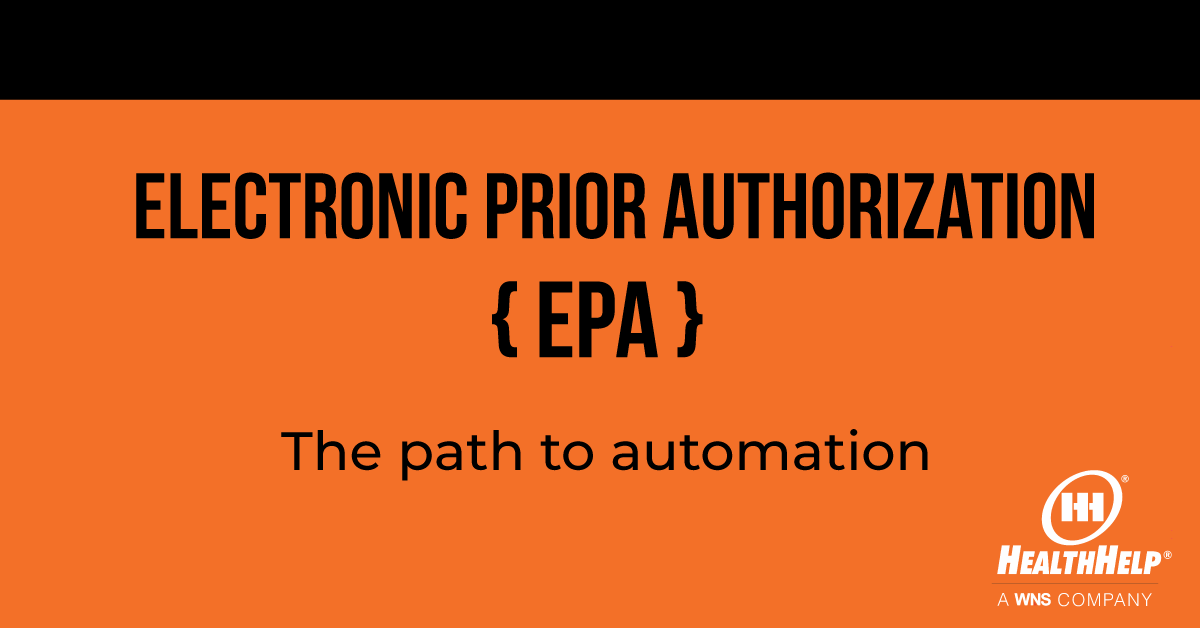The interoperability path to prior authorization automation
As value-based care models grow in adoption, Prior Authorization (PA) entities must adapt to deliver new value to its providers while ensuring focus on uplifting patient outcomes. Knowing the respective functions and roles of the EHR and the PA portal, the harmonization of clinical and administrative data is key for providers and payers to streamline information and foster the mutual trust needed to deliver fast and effective care. We believe that Electronic Prior Authorization (EPA) will directly lead to automation and parallel workflow optimization, enabling providers to avoid repetitive data entry and spend more time in clinic with their patients. EPA, and more generally interoperability, empowers HealthHelp’s patient-centered, educative model and preserves integrity of the medical decision-making process.
Fast Healthcare Interoperability Resource (FHIR) APIs for data and document exchange represent the greatest progress made towards total interoperability. We see ultimate value in the hypothetical setting where interconnected services and algorithms orchestrate a cascade of events that can process many successful pre-authorizations in seconds. For service requests outside the standard of care, we would see the delivery of educational content right at the moment a medical decision is digitized in an EHR. Educational prompts can either steer decisions towards more medically appropriate care or serve as conversation starters when our nurses and physicians provide the support and guidance to help providers arrive at the best care decision for the patient.
Additionally, interoperability carves a path for better patient engagement by improving health information literacy and collecting more comprehensive data points pertaining to personal medical history and presenting symptomology. HealthHelp’s flexible model of collaborative care can facilitate a shared decision-making process that features personalized care pathways and consideration of patient preferences without compromising the ability of providers to maintain authority over medical decisions. As we witness continuous maturation of FHIR standards, the Da Vinci implementation guides and an ONC interoperability certification track, we believe that this vision can become realized and normalized in the next few years.
Public link to HealthHelp’s posted response:
